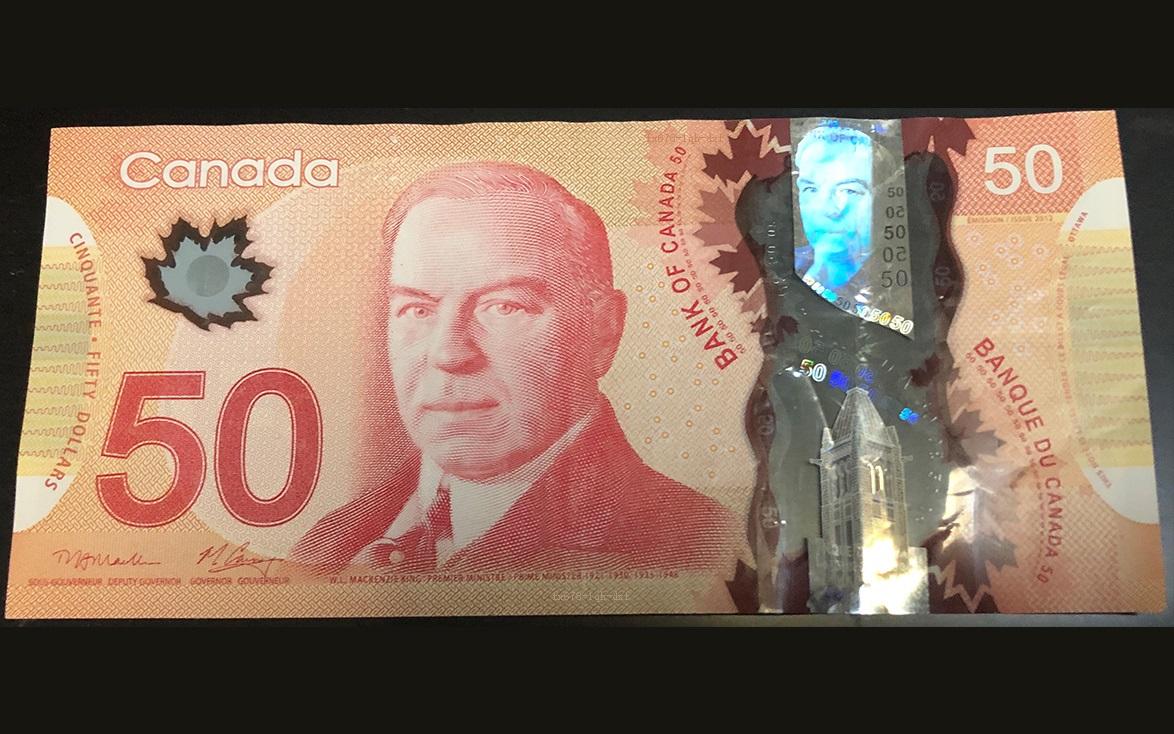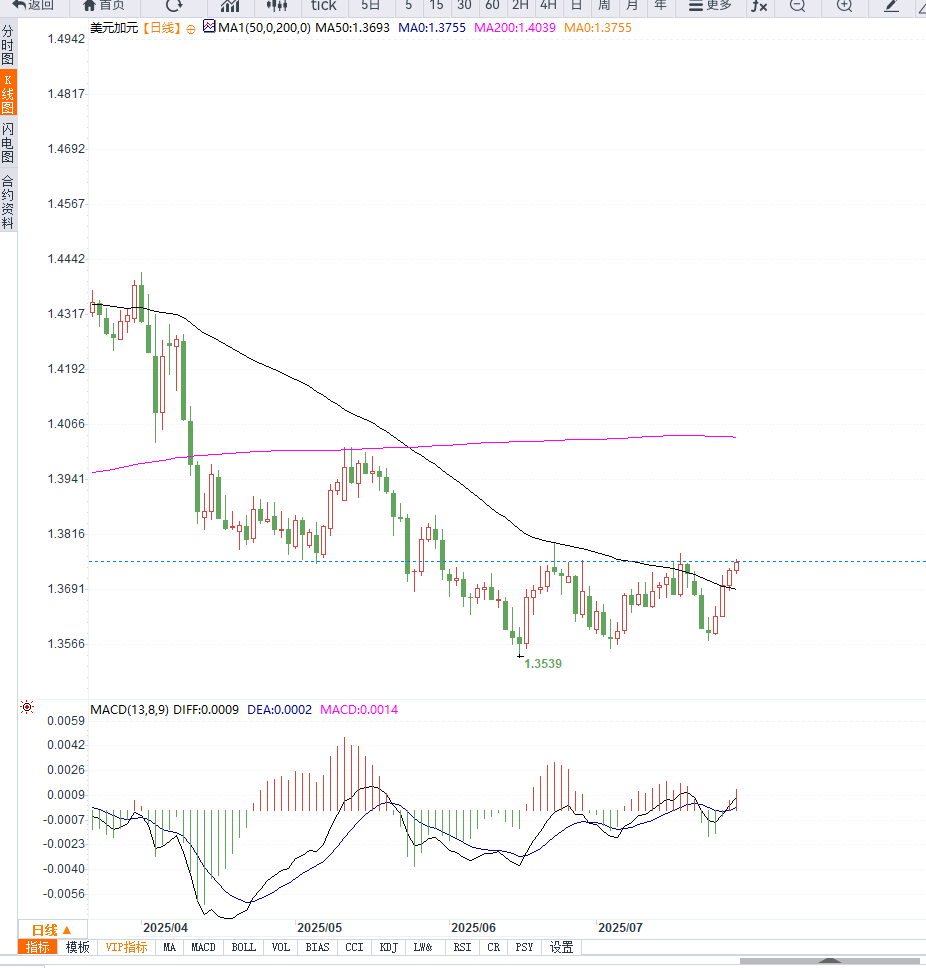USD/CAD rose for four consecutive days to break through 1.3750, with the Canadian dollar under pressure from weak oil prices and concerns about high tariffs
2025-07-29 15:57:20
According to market research, the U.S. non-farm payroll data for June was better than expected, with 243,000 new jobs created, reinforcing the market's judgment that the Federal Reserve will remain on hold for the next few months.
The Canadian dollar (CAD) has been hit by a double whammy from both the oil price correction and trade tensions. As a resource-based currency, its performance is highly dependent on the crude oil market. However, a recent slight decline in oil prices due to a strong US dollar and expectations of rising US inventories has weighed on the CAD's performance.

At the same time, the United States imposed punitive tariffs of up to 35% on Canadian imports, dampening market expectations for Canada's export prospects.
JPMorgan Chase pointed out: "The deterioration of US-Canada trade relations will not only affect the flow of goods, but will also reflect the risk premium in the Canadian dollar exchange rate."
USD/CAD has stabilized above 1.3750 after four consecutive days of gains, demonstrating clear upward technical momentum. The 14-day RSI continues to rise but remains within overbought territory, while the MACD histogram has further expanded. If it breaks through the previous high of 1.3785, the next resistance levels to watch are 1.3810 and the year-to-date high of 1.3855.
The lower support is at 1.3700 and 1.3650. The former is the first line of defense for a short-term correction. If it falls below, it may test the support of the nine-day moving average, thereby changing the current strong pattern.
The Federal Reserve's decision is a key market focus, potentially determining the dollar's next phase of direction. While the FOMC's interest rate decision is widely expected to remain unchanged, the market will be closely watching the policy statement and Chairman Powell's speech to see if they continue to emphasize the "fighting inflation" policy orientation, especially given the potential for a new round of trade tariffs to further stimulate price pressures.
"If Powell reiterates his commitment to 'maintaining higher interest rates for longer,' it will drive the dollar higher, especially against the backdrop of strong employment data and a recovery in inflation expectations," Goldman Sachs said in a report.

Editor's opinion:
The current upward trend of the USD/CAD exchange rate is not only the result of the strengthening of the USD itself, but also due to the resonance of multiple negative factors faced by the Canadian dollar: the pullback in oil prices, the increase in trade pressure and the strengthening of market risk aversion.
If the Fed continues to show a hawkish stance this week, USD/CAD may continue to challenge higher levels. However, we need to be wary of the market's reaction to the high dollar and whether the Bank of Canada will take measures to deal with external shocks caused by trade in the future.
- Risk Warning and Disclaimer
- The market involves risk, and trading may not be suitable for all investors. This article is for reference only and does not constitute personal investment advice, nor does it take into account certain users’ specific investment objectives, financial situation, or other needs. Any investment decisions made based on this information are at your own risk.





















